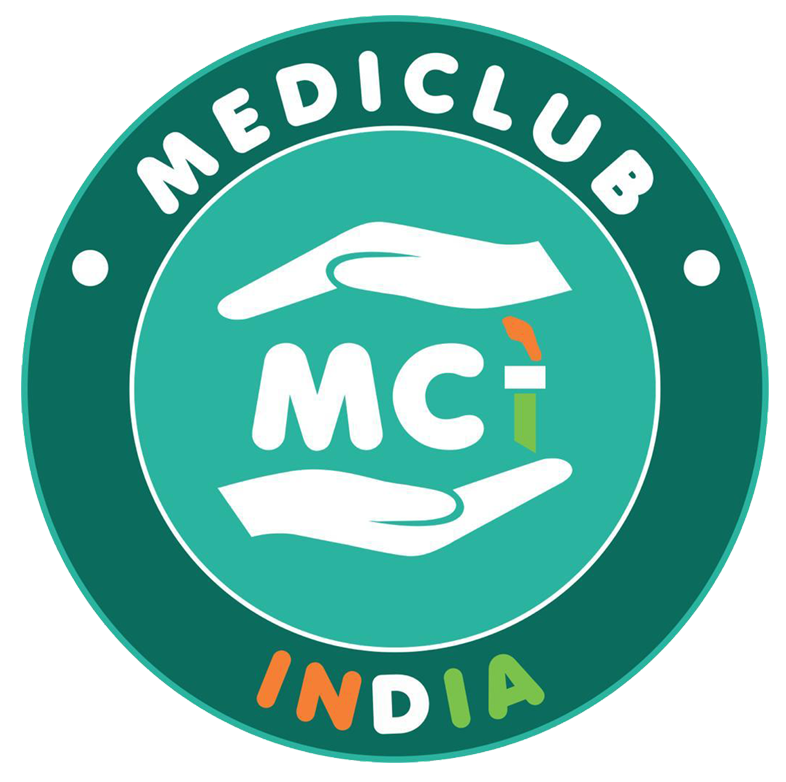First Aid Techniques for Epilepsy You Must Know
Epilepsy is a neurological disorder characterized by recurrent seizures, which can vary widely in severity and presentation. Witnessing someone experience a seizure can be distressing, but knowing how to provide immediate first aid can make a significant difference in ensuring their safety and well-being. Here are essential first aid techniques for epilepsy that everyone should be aware of:
- Stay Calm and Time the Seizure
The first step when encountering someone having a seizure is to stay calm. Most seizures are brief and self-limiting. Time the duration of the seizure using a watch or by noting the start and end times. This information will be crucial for medical professionals later.
- Keep the Person Safe
During a seizure, the person may lose consciousness and control over their movements. Your primary goal is to keep them safe from injury. Clear the area around them of any sharp objects or obstacles that could harm them during the seizure.
- Protect the Head
If possible, gently cushion their head with something soft to prevent injury, especially if they are convulsing or thrashing about.
- Do Not Restrain
It’s natural to want to hold down or restrain someone during a seizure, but this can lead to injury. Allow the seizure to run its course naturally. Never put anything in their mouth, as it is a common misconception that people can swallow their tongue during a seizure — this is not true and can cause harm.
- Positioning
If the person is lying down, turn them onto their side to help keep their airway clear. This position also prevents saliva or vomit from blocking their breathing.
- Comfort and Reassure
While you cannot stop the seizure, your presence and reassurance can provide comfort to the person once the seizure ends. Speak calmly and gently to them.
- Monitor Breathing
Check for any signs of breathing difficulty or cyanosis (bluish discoloration of the skin). If breathing problems persist after the seizure ends, seek immediate medical help.
- Stay with Them Until Fully Recovered
After the seizure ends, the person may be confused, disoriented, or sleepy. Stay with them until they are fully alert and oriented. Offer assistance as needed, such as helping them to a comfortable position or providing them with water.
- Medical Evaluation
While most seizures end on their own and do not require emergency medical attention, it is essential to seek medical evaluation, especially if it is the person’s first seizure, if the seizure lasts longer than 5 minutes, or if there are repeated seizures without recovery in between.
In conclusion, understanding and applying first aid techniques for epilepsy can make a significant difference during a seizure episode. By staying calm, ensuring the person’s safety, and knowing the correct steps to take, you can provide crucial support. For comprehensive epilepsy care and expert guidance, Dr. Kunal Bahrani is the best Epilepsy Doctor in Faridabad. His dedication to patient well-being and extensive experience in neurology make him the best choice for managing epilepsy effectively. Always consult with a healthcare professional like Dr. Kunal Bahrani for personalized advice and treatment options to ensure optimal care for those living with epilepsy. To schedule a consultation or learn more about epilepsy management, contact Dr. Kunal Bahrani at +91 8527841220 or visit his website at www.drkunalbahrani.com

